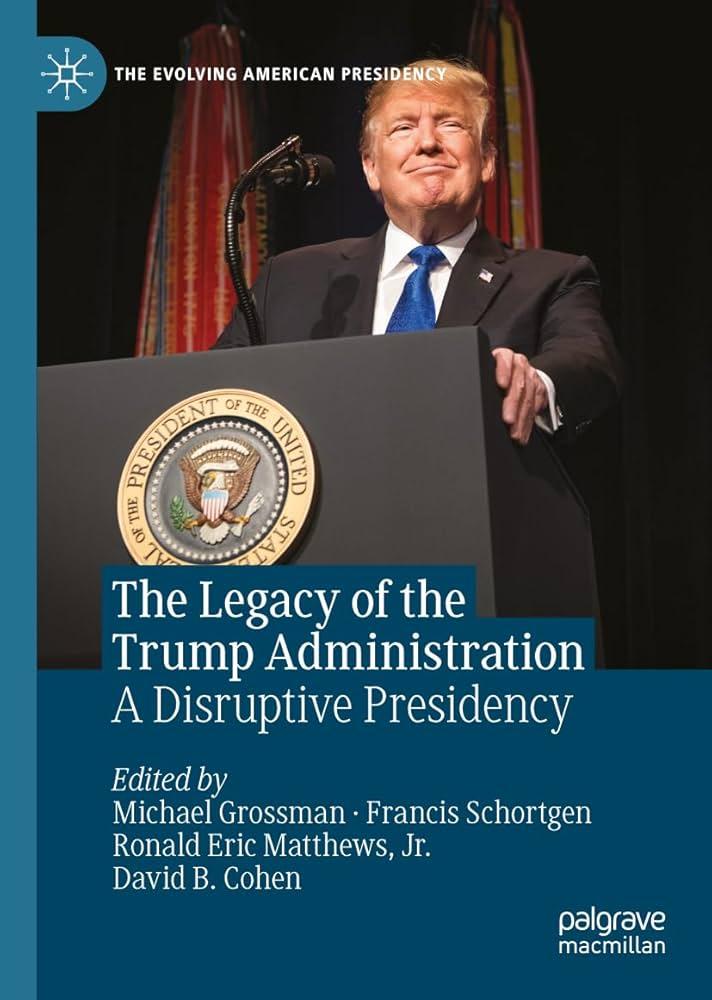In an era where artificial intelligence drives innovation and shapes the global economy, the delicate balance of power rests not only in technological prowess but also in the regulations governing its proliferation. As the Trump administration gears up to recalibrate the AI chip export regulations instituted by the Biden administration, the implications ripple through the tech landscape, impacting manufacturers, developers, and international relations. This overhaul aims to redefine how the U.S. approaches the export of crucial semiconductor technology, raising questions about national security, competition with global counterparts, and the future of AI advancements. In this article, we delve into the nuances of the impending regulatory shift and explore the potential consequences for stakeholders across the board.
Reassessing National Security: Implications of New AI Chip Export Regulations
The impending overhaul of AI chip export regulations by the Trump administration signals a pivotal change in the landscape of national security. By curbing the flow of advanced AI technologies to specific international actors, the administration aims to bolster domestic capabilities while addressing rising geopolitical tensions. This strategic pivot raises several key considerations:
- Technological Self-Reliance: Enhancing domestic production of AI chips may reduce dependency on foreign supply chains, fortifying national security.
- Geopolitical Leverage: Export regulations may serve as a diplomatic tool, allowing the U.S. to exert pressure on rival states.
- Innovation Impact: Stricter regulations could either inhibit or accelerate innovation within the domestic tech sector.
Furthermore, the revised regulations may reshape the global competitive landscape. Countries that previously benefited from unrestricted access to U.S. technology could react by investing heavily in indigenous AI capabilities or forging new alliances to counteract American dominance. A succinct overview of potential global repercussions includes:
| Country | Potential Response |
|---|---|
| China | Accelerate AI chip development |
| Europe | Seek alternative technology partnerships |
| India | Enhance local tech ecosystems |
As nations anticipate these changes, the dynamics of technological supremacy and corresponding national security strategies will undoubtedly evolve, creating both challenges and opportunities across the global tech marketplace.
Balancing Innovation and Control: Strategies for Industry Adaptation
The impending restructuring of AI chip export regulations by the Trump administration signifies a pivotal shift in how industry players navigate the delicate balance between pushing for innovation and maintaining regulatory control. As companies race to innovate and enhance their technological capabilities, they must also adapt to new regulatory frameworks that could impact their competitiveness on a global scale. Key strategies for navigating this complex landscape include:
- Proactive Compliance: Firms should establish a compliance task force to stay ahead of changing regulations, ensuring that innovations align with national security concerns.
- Collaboration with Regulators: Engaging in dialogue with regulatory bodies can foster understanding and potentially influence policy development to promote innovation.
- Investment in R&D: Allocating resources to research and development can help businesses remain at the forefront of technological advances while ensuring adherence to new regulations.
Moreover, as industries adapt to these evolving regulations, they must also focus on tracking performance metrics that reflect both innovation and compliance success. A structured approach to measuring outcomes will enable companies to pivot rapidly in response to regulatory changes, ensuring sustainable growth while safeguarding their innovations. A simple framework to help companies assess their strategies might include:
| Strategy | Outcome |
|---|---|
| Proactive Compliance | Reduced legal risks and fines |
| Collaboration with Regulators | Influenced favorable policies |
| Investment in R&D | Maintained competitive edge |
A Collaborative Future: Recommendations for Policymakers and Tech Leaders
As the landscape of artificial intelligence evolves, it is imperative for policymakers and tech leaders to engage in deeper collaboration to create a regulatory framework that not only encourages innovation but also addresses security concerns. By fostering open dialogues between government entities and tech organizations, both sides can better understand the implications of AI development on global competitiveness and internal security. It would be beneficial to establish working groups tasked with analyzing the effects of export regulations on AI technology and manufacturing, which can lead to data-driven decisions that aim to balance national interest and market freedom.
To achieve a forward-thinking approach, stakeholders should consider implementing the following strategies:
- Establish joint task forces that focus on emerging AI technologies and their potential risks.
- Enhance cross-sector partnerships to share insights on supply chain vulnerabilities and resilience.
- Implement regular review cycles for export regulations to adapt to rapid technological advancements.
- Encourage transparent communication between government entities and tech companies to build trust and ensure compliance.
| Focus Area | Recommended Action |
|---|---|
| Supply Chain Security | Conduct vulnerability assessments |
| Regulatory Flexibility | Adjust policies based on market dynamics |
| Educational Initiatives | Launch programs to upskill workforce |
| Global Cooperation | Engage in bilateral discussions with allies |
Wrapping Up
As the landscape of technology and international relations continues to evolve, the anticipated overhaul of AI chip export regulations by the Trump administration marks a significant pivot in policy that could reshape the competitive dynamics in the global tech arena. With the ever-increasing importance of artificial intelligence in everything from national security to economic growth, these changes usher in a new chapter that could redefine the parameters within which companies operate. As stakeholders adapt to this shifting regulatory framework, the implications for innovation, trade, and technological leadership remain to be fully realized. As we watch these developments unfold, one thing becomes clear: the conversation around AI, its regulation, and its future will undoubtedly remain at the forefront of both political and technological discourse. As we move forward, staying informed and engaged with these changes will be essential for understanding the future of not just the tech industry, but the broader global landscape as well.
